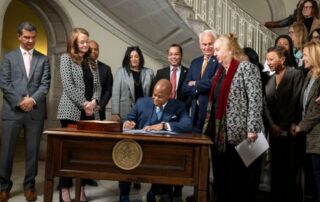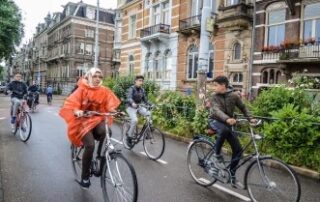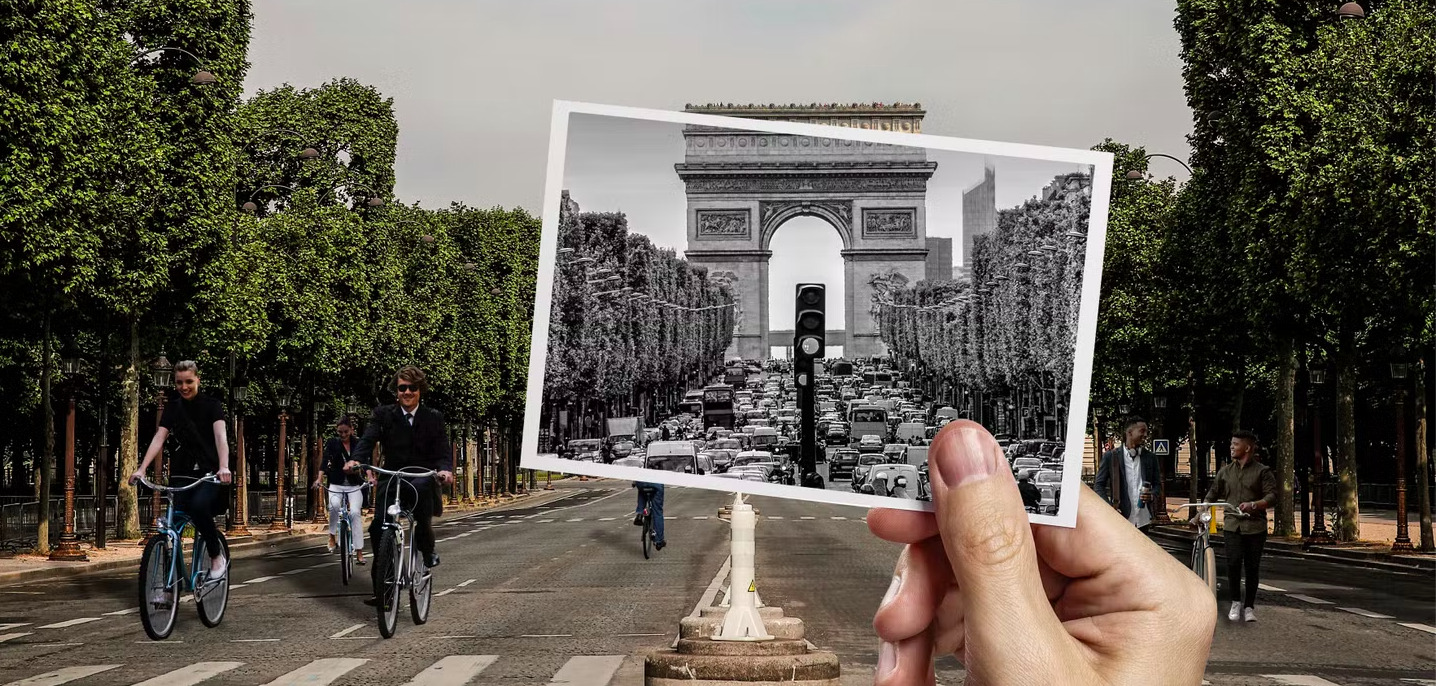Factory Bike Blog
Factory Bike Blog
Making E-Batteries Safer
People ask us all the time about what E-Bikes to get, and we tell them “It’s the wild west out there right now!” And as we’ve always said for any kind of bikes, “Be careful what you buy on the internet.” It seems there are more new E-bike and E-mobility companies popping every week, and not all of them are selling quality products. While some of them are offering pretty decent bikes for the money, many others are selling junk that’s just going to break down, and maybe even set your house on fire.
Fire officials in New York City report that in 2022, there were 5 times as many structure fires caused by faulty lithium-ion battery systems as in 2020, resulting in 10 deaths and 226 injuries during that time. This year, there have already been 2 deaths and 40 more injuries. FDNY asked the City Council to do something about it, and NYC has delivered! Mayor Eric Adams recently signed into law a package of safety regulations designed to reel in some of the “wild-west” products that are out there, in hopes of increasing public safety. The most notable restriction is that batteries and chargers will have to meet UL standards, just like other electrical appliances do. That doesn’t seem like much to ask, right? But a huge number of low budget e-mobility products simply don’t. The new laws also limit the reconditioning and reassembly of batteries for commercial sale, and establish safety education and monitoring programs.
We agree that low prices can be attractive, but if it looks good to be true, it probably is! Buying your e-bike products from recognized brand names might cost a little bit more up front, but we assure you that it’s worth it. You really do get what you pay for, and that includes performance, reliability, and yes, even safety.
Growing Pains for Bicycle Access
We’ve been longtime advocates for more bicycle-based transportation options, especially in denser, more urban environments where bikes can be much more practical than driving cars. But as much as we applaud several major cities’ efforts to make that happen, that can definitely create complications. Reducing existing vehicle access can open spaces up for bike and pedestrians, but it can also impact established patterns of commerce, among other things. Finding the right compromise is an ongoing planning experiment in cities all over the world, but Paris offers a unique case study. While New York City has grown to 15 times the size it was in 1860, Paris as a city has remained the same, leaving only 1 in 5 Parisians actually living, and voting, within the city limits. So as the city itself moves to reduce car trips, only the residents of downtown Paris’ high-end real estate are seeing the benefit, and the city’s outside commuters and businesses are complaining of the logistical hurdles and economic impacts. Local officials, advocacy groups, and innovative business startups are trying to find a balance.
Pump Tracks for Peace
For the last 17 years, retired professional bike racer, Red Bull sports announcer, and longtime friend of the shop Claudio Caluori has been building super smooth asphalt pump tracks around the world. In his travels with VeloSolutions, he’s been continually moved by how the simple joy of riding bikes has a truly universal appeal. ““No matter where you are, whether that’s in a rich country, or in a poor one, [pump tracks] always have the same effect”, he says. “People of all ages, of all backgrounds, of all beliefs, whatever skin color, they get together, and they have fun.” This philosophy led Claudio and his friends to create Pumps for Peace, a program that brings fresh pump tracks to divided communities, helping to create fun and accessible activities for everyone.
A recent Red Bull event held at their track in Roma, Lesotho bridged the gaps between locals of all cultures.
What’s in a Name?
Our longtime customers may already know that we only just recently changed the name of our store, from the original Factory Bike to Squaw Bikes. The intention was to use a name that was more associated with the place, to help better identify the shop, and make it easier for new customers to find us and, well…it’s been working.
But recent events and discussions have helped to inform and educate us about the origins of the word “squaw”, which has been used as a landmark namesake here for 160 years, most famously at the iconic ski area that inspired so much of our current community to make this their home. The conversation between the ski area management and the local Washoe Tribe has revealed, to many of us for the first time, the racist and derogatory nature of the word and the insult it still carries to the Native Americans it was used to describe. For those of us who thought of our current use as honoring or endearing, it turns out that we were misled, or mistaken, or both.
Alterra Mountain Group and our own Public Service District (now the Olympic Valley PSD and Fire Dept) have both announced that they will no longer be using the name, and we think that it’s a step in the right direction. However “traditional” the use of the word squaw may have been to some of the area’s settlers, we think that it’s inappropriate to continue that use ourselves, and we hope to encourage our friends and neighbors in their consideration of how we view race and racial discrimination.
So we’re changing our name again! We like the new one even better, and we think you’ll still find us. Learn the history of the name “Truckee” and read the proposal by OVPSD for an interesting and informative discussion about the Squaw Valley name change.
Outdoor Children
For many adults today, bicycles gave us a sense of freedom and self-reliance that shaped who we are. They gave us the the ability to explore our surroundings in a way that still motivates many of us even now. Is our society shifting towards more protected and secure surroundings for our kids, and could that be denying them that feeling of adventure? Over the last 50 years, the percentage of kids even riding their bikes or walking to school has dropped from 50% to 15%, and that could be a worrisome trend.
This post from the John Adams Institute explores the idea of a “child-friendly city”, and the important of offering kids the ability to safely connect with their environment and independently explore the world around them.
NYC’s Push for Bikes
New York City had already won us over with their expansion of dedicated bike lanes and their municipally regulated, dockable bike share program. In a city filled with high-rise buildings, 8 million people moving between them every day and, like any other city, way too many cars, it just makes sense to promote more efficient transportation. Read about the city council’s new “Streets Master Plan”, a $1.7bn infrastructure program that includes the development of 250 more miles of protected bike lanes over the next 10 years.











